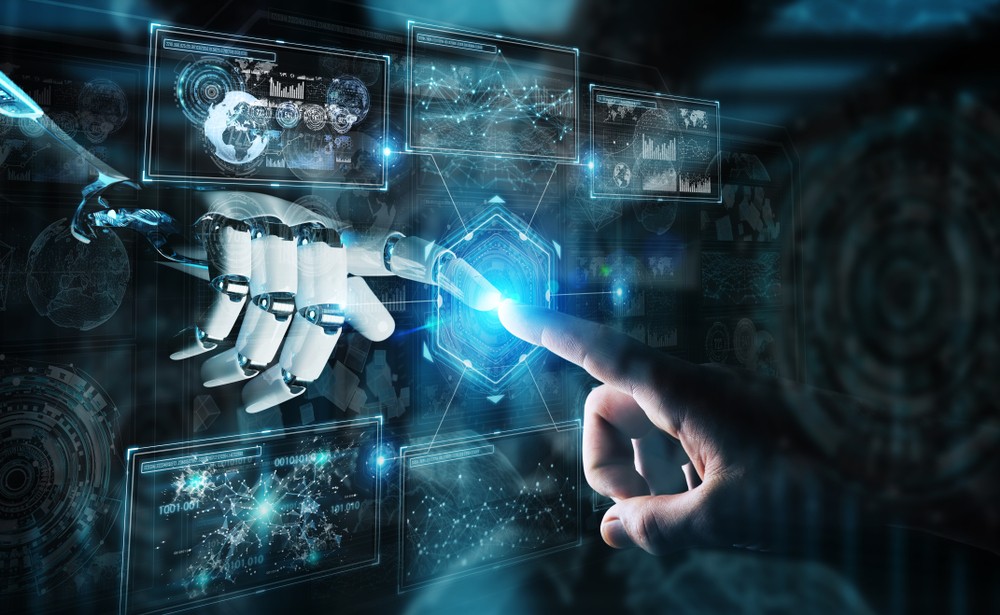3 Types of Human-Machine Interfaces and Their Roles in Manufacturing

As manufacturing becomes an increasingly digital environment, human-machine interfaces (HMIs) are serving a more important role as the bridge between workers and their equipment. Understanding the different types of manufacturing HMIs and their unique features is essential for selecting the appropriate interface for specific tasks.
From simple push-button interfaces to complex data handler and overseer systems, the right HMI is key to facilitating seamless collaboration between human workers and the equipment they use. Here’s a closer look at the three types of manufacturing HMIs and their roles in the digital factory.
Push-button replacer
As its name implies, a push-button replacer HMI replaces the traditional manual button with a touchscreen interface, allowing workers to easily interact with machines and equipment. The benefits of push-button replacer HMIs include simplicity, ease of use, and reduced physical strain on workers. Tapping a screen to execute tasks is a vast improvement over flipping switches, pressing buttons, and pulling levers.
Push-button replacer HMIs are ideal for simple and repetitive tasks, such as filling containers or assembly-line work. With their intuitive interfaces and streamlined functions, push-button replacer HMIs are valuable tools for increasing productivity and reducing worker fatigue and injury. The preprogrammable nature of these HMIs enables the automation of repetitive tasks across assembly lines.

Data handler
As manufacturing becomes increasingly data-driven, producers need an efficient way to collect and process complex data. A data handler HMI allows real-time data collection, analysis, monitoring, and processing of large amounts of information. These HMIs act as aggregators to facilitate sophisticated functions in a digital factory environment.
Real-time data collection and analysis improve accuracy and response times, leading to better quality control, increased productivity, and reduced operational costs. Data handler HMIs are best used for complex tasks requiring monitoring and analyzing multiple variables, such as automated lines. These HMIs can be utilized to change settings affecting the production process, like speed or temperature.
Overseer
Overseer HMI systems enable operators to monitor and control various machines and processes simultaneously. The benefit of this technology lies in providing a top-down view of all moving parts within a manufacturing system, which can help prevent problems from arising. Overseer systems typically use supervisory control and data acquisition (SCADA) and manufacturing execution systems (MES) to centralize control in factories.
For large-scale operations requiring coordination and oversight — such as those in automotive or aerospace manufacturing — overseer HMIs can be especially useful. By offering a real-time, detailed look at the production line, these systems become indispensable tools for increasing efficiency and reducing downtime. They allow operators to identify and isolate functions and make production adjustments without impacting broader factory operations.
HMIs offer control
HMIs serve as the primary link between humans and machines. As production becomes increasingly nuanced and complex, HMIs will continue to aid factory workers in ensuring every job is done quickly, efficiently, and correctly. The key is to choose the right HMI for the job at hand.